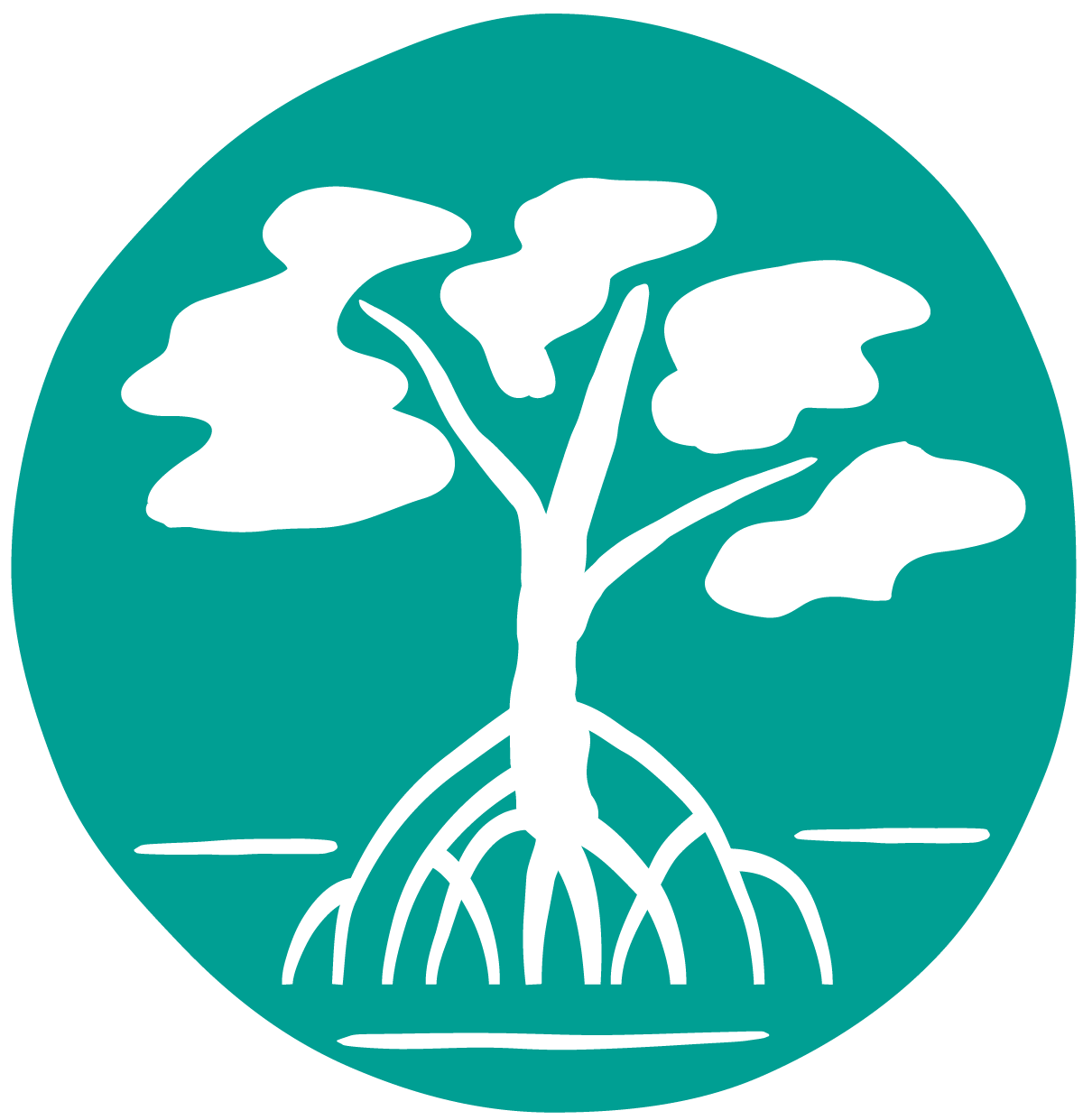Narrative
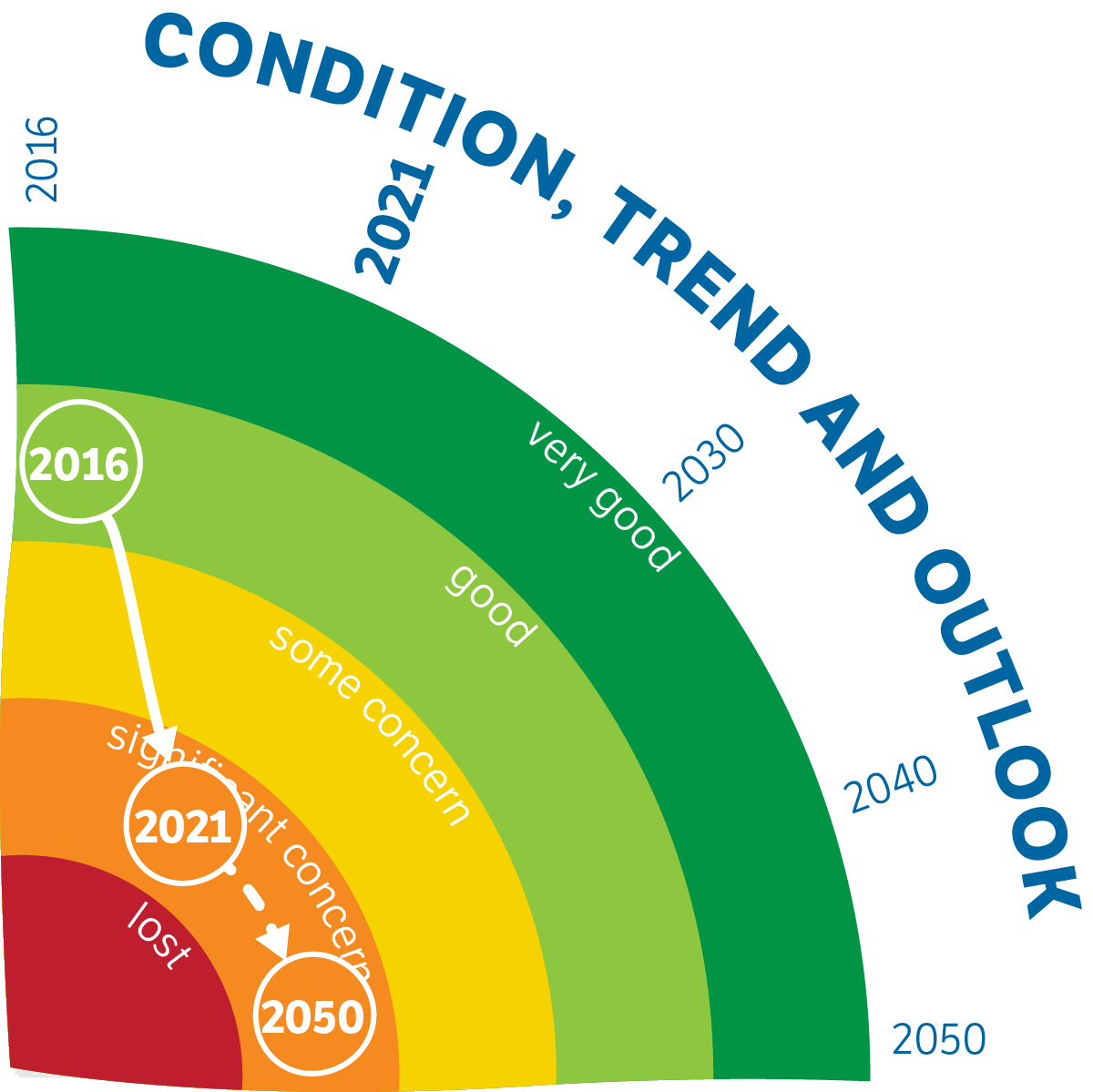
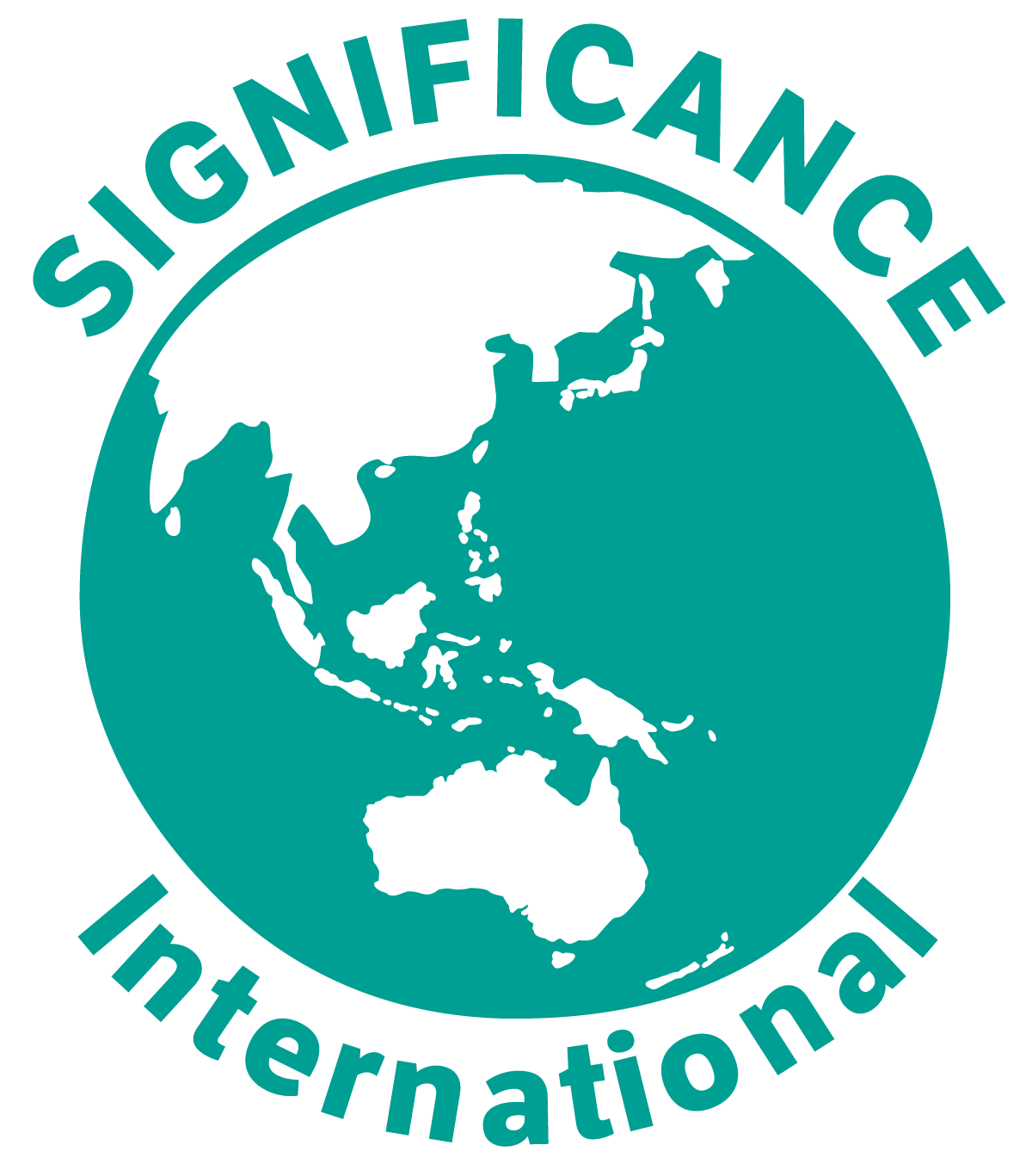
Torres Strait supports large and internationally significant mangrove forests and associated tidal saltmarsh and saltpans and freshwater wetlands. Initial ecosystem surveys found there were around half the world’s total number of mangrove species present (at least 35 species – including two species found nowhere else in Australia). Of the 30,000 ha of tidal wetlands across Torres Strait, more than 80% are dominated by mangrove trees and shrubs. Mangrove islands Sassie, Zagai and Buru are unique and important mangrove habitats in the Torres Strait. The perennial freshwater swamps of Badu, Mua and Muralag are the only representations of this habitat type in Torres Strait.
Mangroves are a highly important cultural resource providing construction and tool-making materials, medicines, and food. It has long been recognised by Torres Strait Islanders that mangroves are nurseries for many fish and crustacean species, and that they play an important role in providing shelter from strong winds and currents.
An extensive survey of mangroves and wetlands across much of Torres Strait occurred from 2012-2014. Many of the mangroves and tidal wetlands of Torres Strait are in moderate condition, but there were worrying localised impacts and broad changes taking place. A background of natural dynamics with erosion and deposition were having a large influence on mangrove extent and condition across Torres Strait. However, the preliminary surveys further documented significant indications of longer term, deteriorating trends and widespread damage. These mostly related to sea levels rising rapidly at much faster rates than the rest of Australia, coupled with the added pressure of human exploitation, access tracks, landfill, smothering weeds, uncontrolled fires and feral pigs.
The threats to tidal wetlands of Torres Strait also include invasive species (climbing perch, Gambusia, Tilapia, deer, pigs, cane toads, rats, cats, dogs, and weeds), overextraction of groundwater for community use, and damage from vehicles. Sea level rises associated with climate change have also created hypersaline wetlands on Boigu and Saibai.
What is already happening?
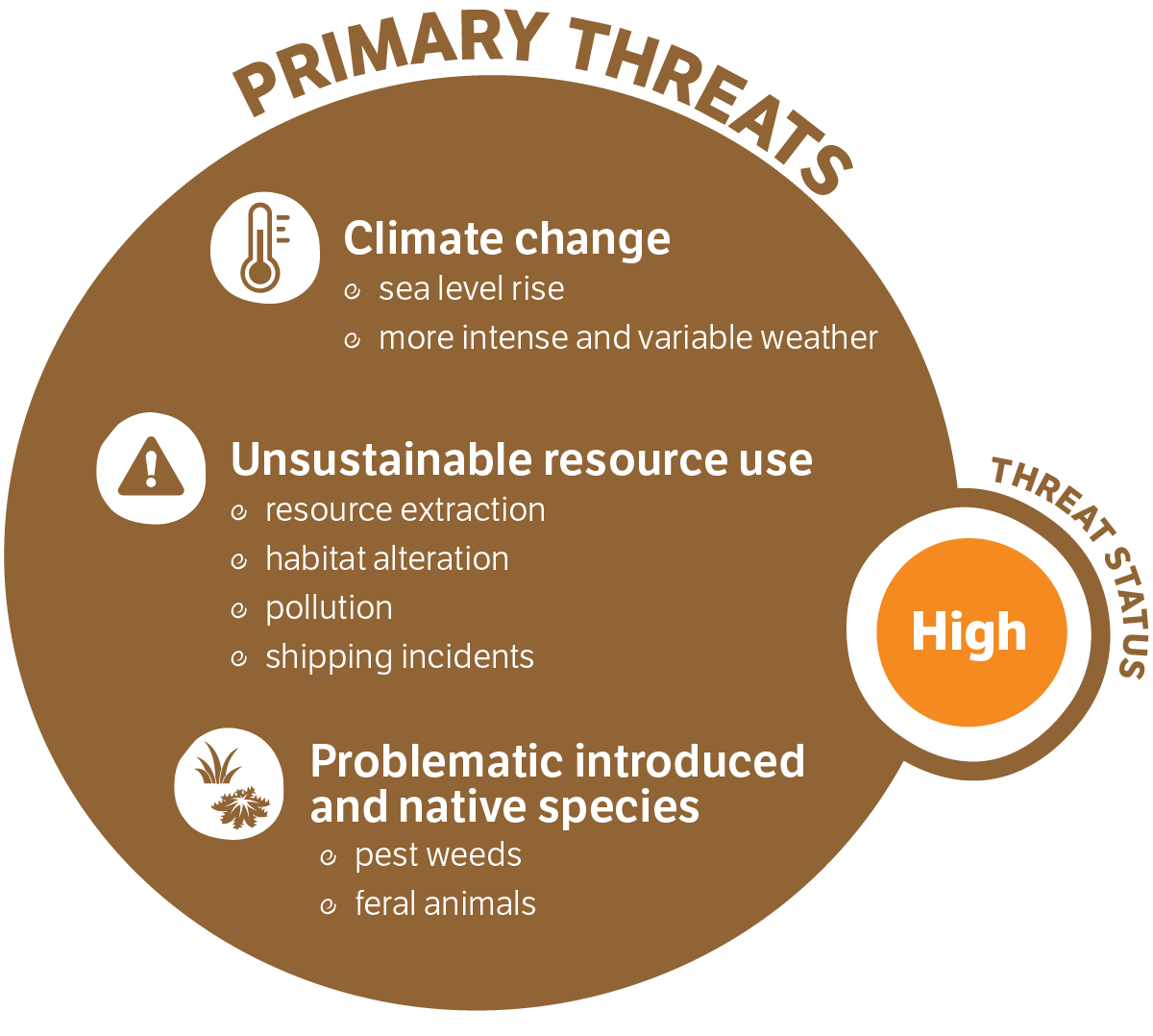
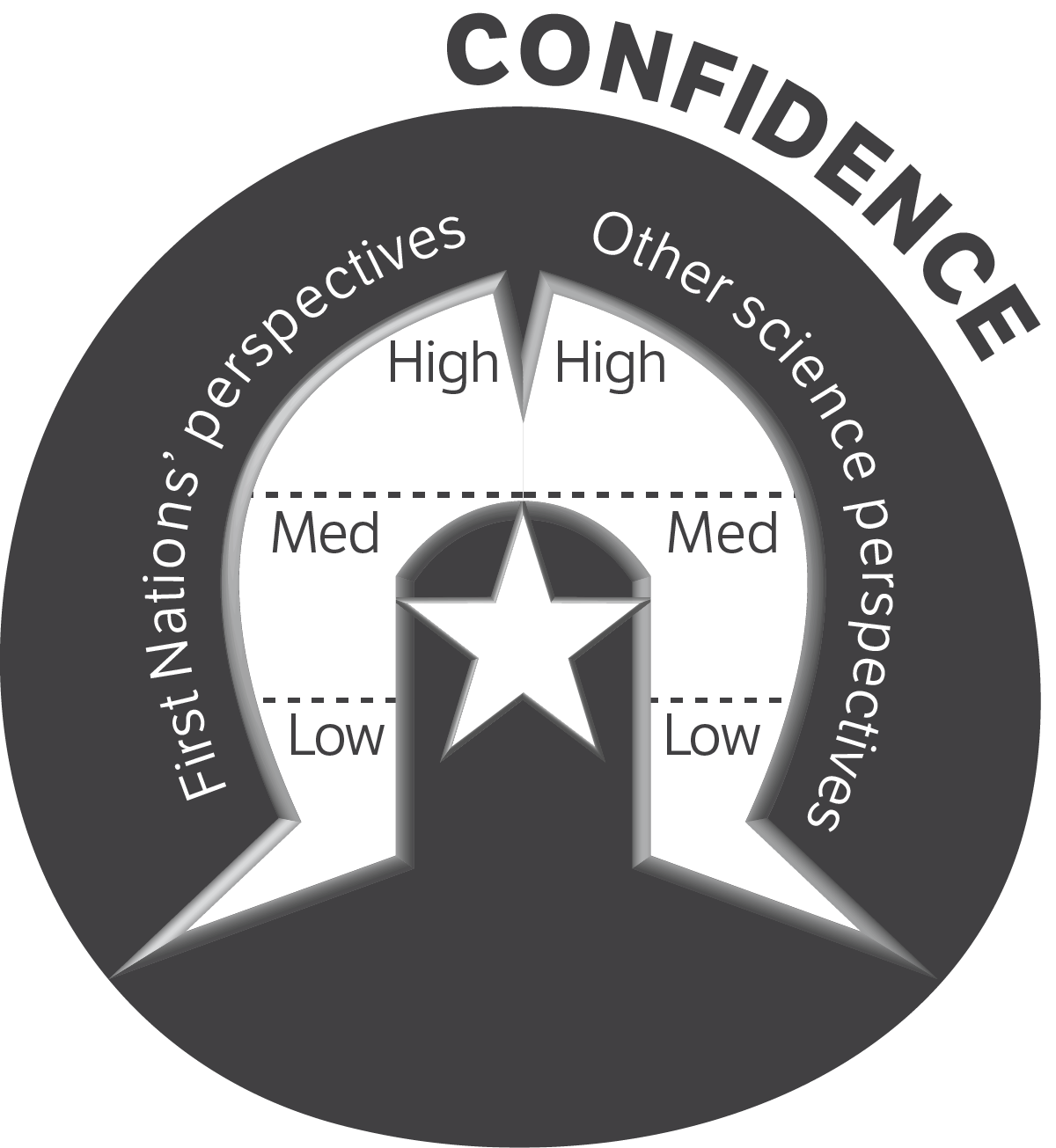
A biosecurity plan for all the inhabited islands of Torres Strait was developed in 2018, which drew attention to invasive fish and mammals that have become established and are impacting wetlands across the region.
Indigenous ranger groups across Torres Strait have been trained on how to monitor water quality and install wetland condition monitoring points. A set of standardised annual monitoring sites was installed on Saibai in 2017 to measure wetland water quality, fish community, and mangrove condition.
What could happen?
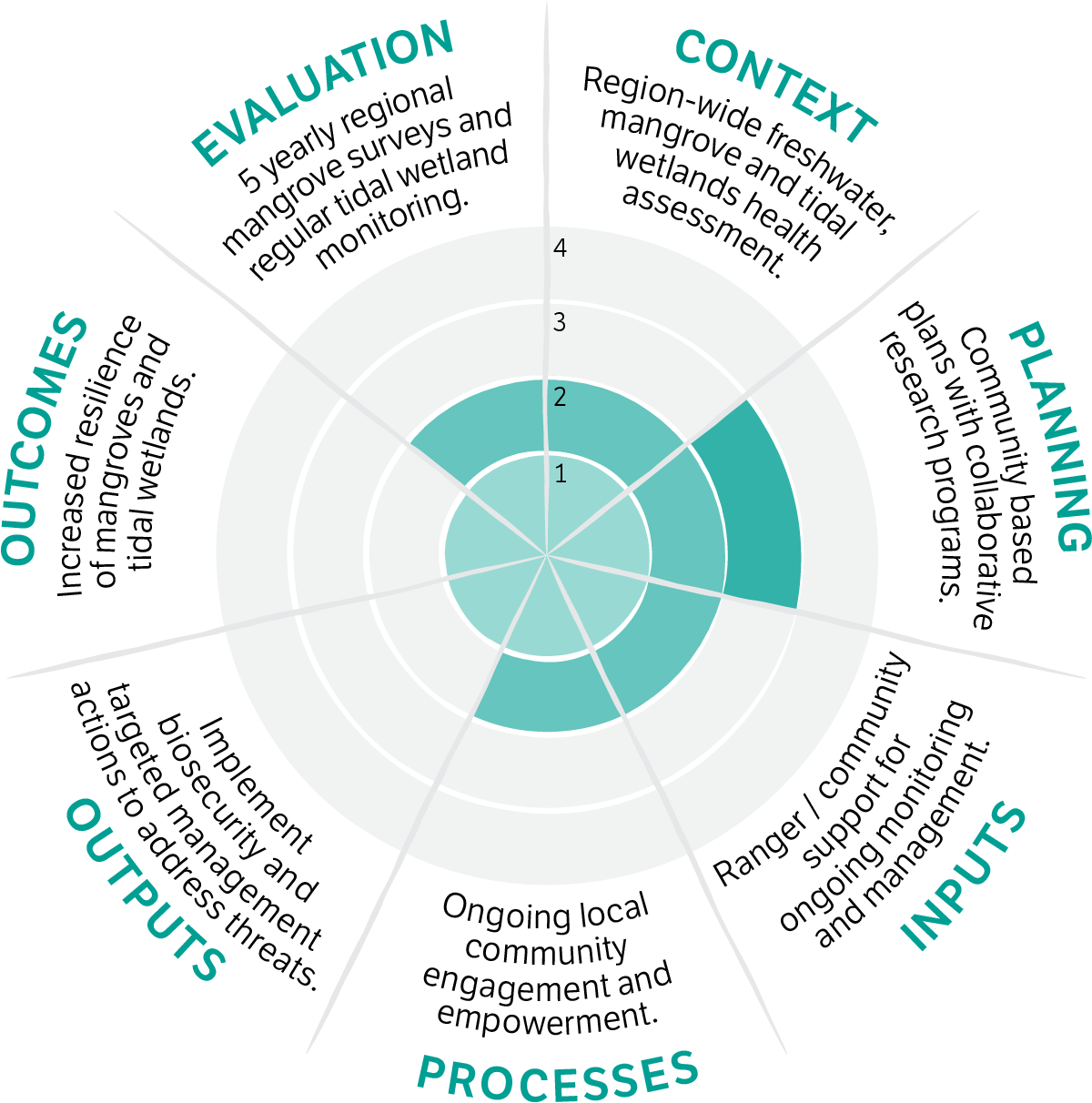
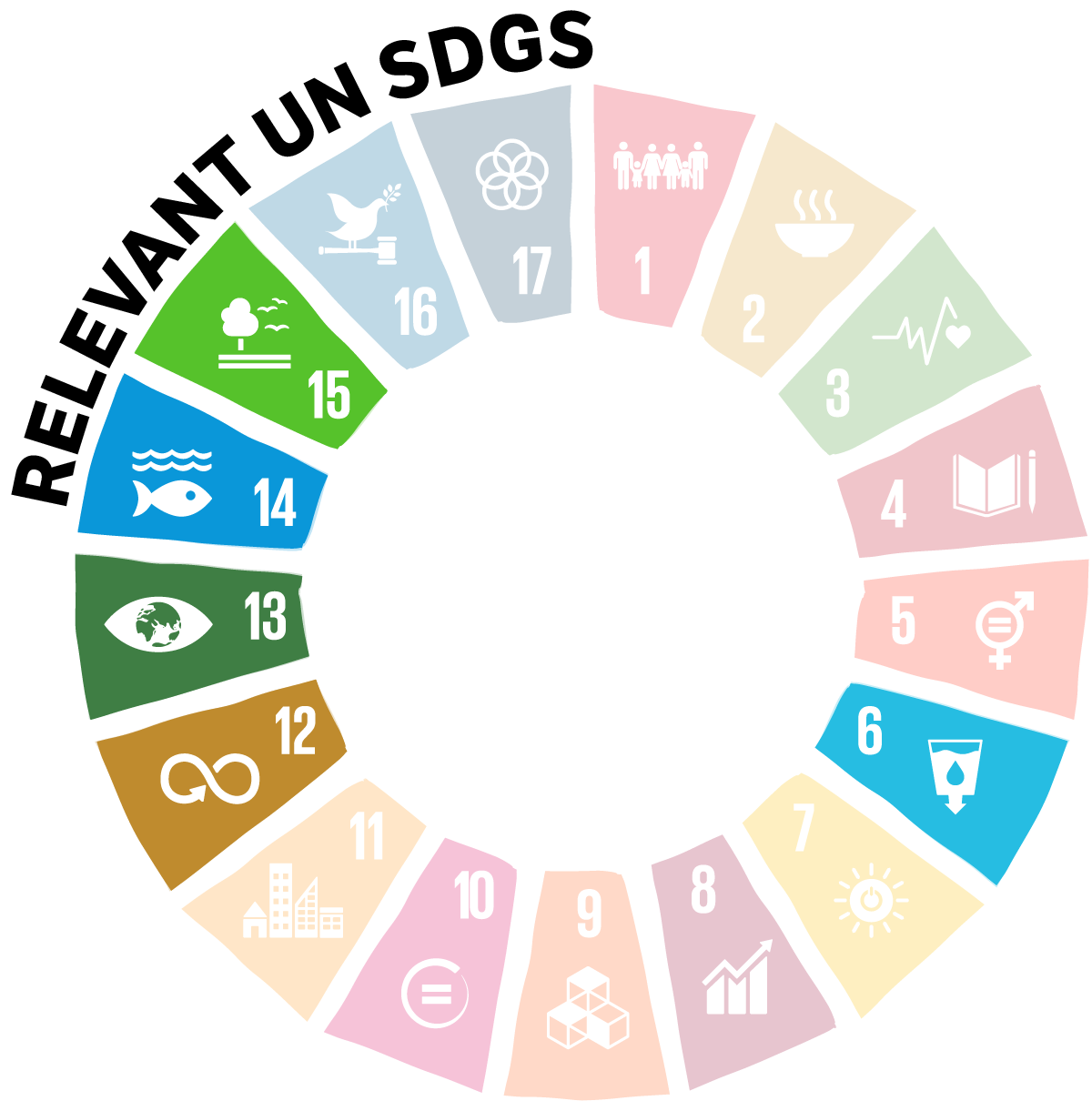
There are opportunities to work with communities and alleviate acute impacts such as chemical leaching, overcollection of firewood, overdrawn ground water, residential pollution, and urban pest species.
With community support and additional investment, invasive species such as weeds, pig, deer, and cane toad can be better controlled or even eradicated from the wetlands of Torres Strait. These controls will directly support and enable the relocation of mangrove seedlings into more upland elevations as sea levels rise. Increased resourcing and support for rangers to build their capacity for wetland monitoring will also assist with threat identification and assessment to guide future management approaches.
Research into potential methods for managing or eradicating climbing perch, Gambusia and Tilapia, and to detect these species in waterways, represent valuable returns on investment.
Rising sea levels are likely to have a net negative impact on mangrove communities across Torres Strait. The impacts include saline intrusion as well as saline inundation with greater numbers of extreme high tides. A greater consideration for impacts on mangroves during development proposals could result in more resilient mangrove communities across the region.
